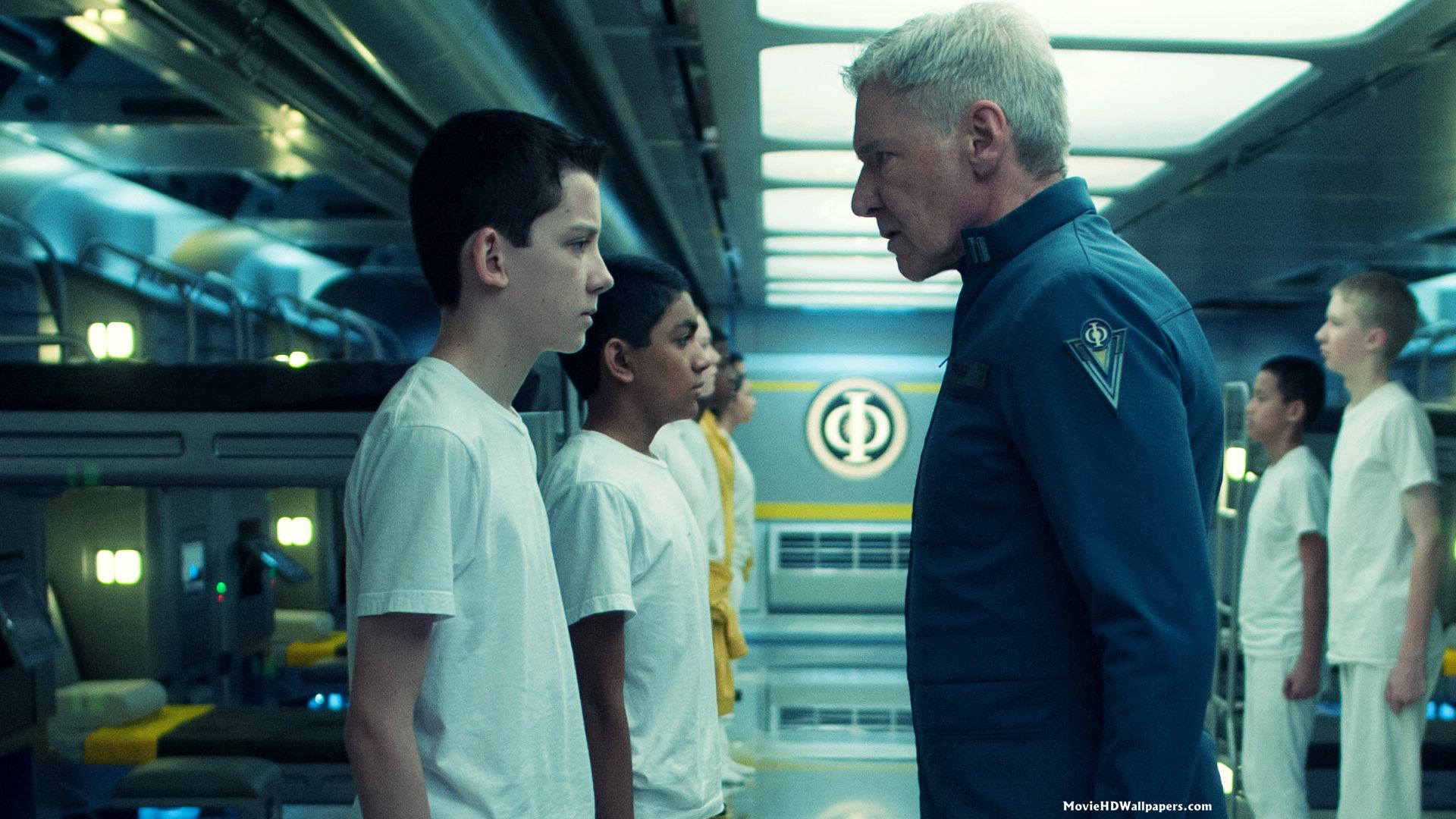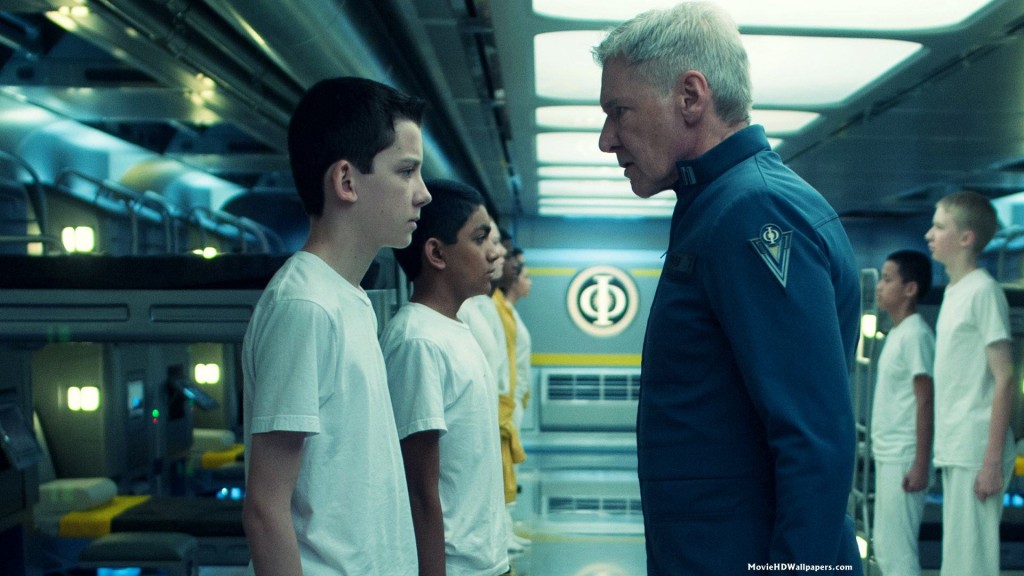By Paul Esau (The Cascade) – Email
Print Edition: November 6, 2013
“In the moment when I truly understand my enemy, understand him well enough to defeat him, then in that very moment I also love him. I think it’s impossible to really understand somebody, what they want, what they believe, and not love them the way they love themselves. And then, in that very moment when I love them… I destroy them.”
-Ender Wiggin
Ender’s Game was never supposed to become a movie. It was considered unfilmable, and spent decades wallowing in development between doomed attempts at an adaptation. Why, you ask? Because it’s a political military thriller requiring elaborate zero-G combat, because the story’s most poignant moments happen within the protagonist’s head … and because the characters are mostly between six and eight years old.
Ender’s Game, the movie, falls into many of the traps that author Orson Scott Card foretold a film version would encounter. The characters are older than their counterparts on the page (Asa Butterfield, who plays Ender, turned 16 this year), and therefore the relationships have a maturity, and occasionally a romantic subtext, that Card wished to avoid. The children’s age also means they are more indoctrinated into the military structure of their society; consequently their suffering is less brutal and their intellect less shocking than in the text.
Of course, what option was director Gavin Hood given in making a movie about children weaponized by an autocratic and xenophobic humanity? How does one film the brutality of Ender’s Game, which includes one child murdering another in a vicious, prolonged fight in a school bathroom, and still market it for a young adult audience? Hood takes the same approach as that of The Hunger Games, streamlining the moral dilemmas and diffusing the violence. Something is protected in this approach—I have little desire to see one eight year old murder another on screen—and yet something is lost as well. The genius of Card’s original work is in creating a character, Ender, who is both humanity’s greatest weapon and humanity’s sacrificed messiah. He is a testament to Clausewitz’s idea that war “tends to the absolute” – the inevitability of violence spawning greater violence as (interpreted through a moral lens) atrocity necessitates greater atrocity in return.
Much of Ender’s Game would not have been possible onscreen following the book’s publication in 1985, and Hood does a commendable job visually creating the zero-gravity battle room and fantastical mind games of Ender’s training. The rush from seeing Card’s sci-fi miracles, most notably the lovingly crafted war simulators, is intoxicating, and the best part of Hood’s work is undoubtably the aesthetic. He also attempts to keep the heart of Ender’s tortured dilemmas as the emotional vehicle of his film, yet time constraints and plot adaptations cause several misfires. In Card’s book, the reader is inside Ender’s head, experiencing his alienation as a compassionate, if helpless, observer. In Hood’s film the nature of the medium requires the audience to stay outside Ender’s mind, and therefore become one of the “other” that haunt Ender’s journey. As audience, we become part of the mob of schoolchildren teasing him for his accomplishments, part of the Salamander army fragment watching him be attacked – and somehow part of, and perhaps responsible for, his banishment. It is a fundamental shift, but perhaps only important for those who have read much of the Ender canon and care for the theology and philosophy of his world.
The quote at the beginning of this piece encapsulates the paradox which makes Ender one of the most remarkable and sympathetic characters in the annals of science fiction. While Butterfield cannot convey all that is Ender, both he and Hood are aware of the centrality of Ender’s character to the film, and therefore to the success of the movie. Still, how does one convey a genius on such magnitude? How does one imitate a soul torn between the brutality of a brother who skins squirrels for pleasure, and the compassion of a sister who bakes birthday cakes in Ender’s memory? Of course, neither of those moments are kept in the film, and the complexity of Ender’s character is weaker for it.
Ender’s Game is a movie about atrocity, and also about children. It is a story about a civilization’s pursuit of peace through the medium of an interplanetary genocide, about the politics of hate, and also of love. It is a smart film that still harbors a soul… but read the book first. It has won more awards and established greater longevity, after all, then the movie can ever hope to achieve.



